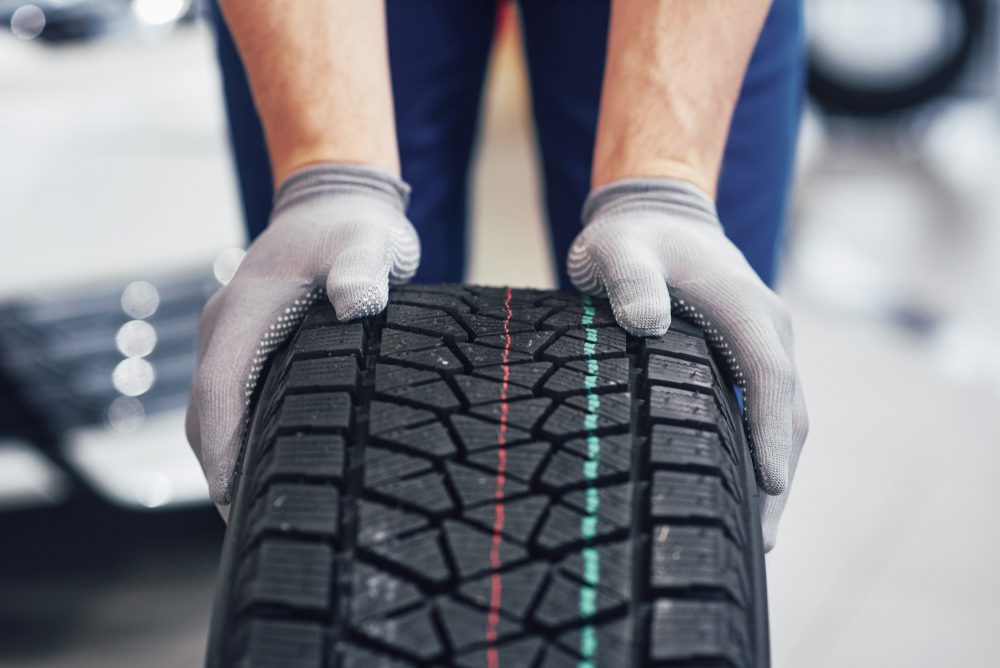It was 1990 and the dealership was Marvin Star Cadillac in Toronto, Canada. This was the first dealership I visited when I started my career in the automotive industry. It was a large, successful dealership, and it ended up being a place I visited often as I learned the business. Back then, I knew nothing, which resulted in my asking a lot of dumb questions like “Why are you ‘spiffing’ advisors for selling—don’t they get a commission?” Or, one of my favorites, “Why are you selling an oil change for $9.95—doesn’t it cost you more than that to do?” This was the day the service manager gave me my first lesson on how the industry “really” works.
The idea that certain service work was being performed at a loss to keep customers coming back so they could sell more cars didn’t make sense at first. But, as I have learned since, it’s a key part of a dealer’s business plan. Boost retention with service so the customer will still be connected to the dealership when it comes time to make their next vehicle purchase. For a long time, the 3,000-mile oil change interval was more about frequent service visits than the need to actually change the oil. In fact, the oil change as a loss leader has become the trigger or reason for all maintenance visits, and maintenance schedules have been built around them for decades.
So, with what’s going on today in the industry, the obvious question that needs to be asked is what happens when there are no more oil changes? With EVs coming at us fast, dealers need to determine what they are going to tell their customers to come in for. In reality, dealers have been facing this issue for many years. And it’s not just EVs that have had an impact. Longer oil change intervals and oil life indicators have already made a huge negative impact on the dealer’s business. The average number of service visits over the life of a vehicle has dropped from over 30 to 13 in the last two decades. This is a troubling trend for car dealers. The combined impact of these two things has made the oil change a very unrealizable and ineffective service trigger.
So what can dealers do to replace the oil change as the reason for the service visit? To fully understand what I am about to suggest, it’s important to take a deeper dive into service retention in general. Even with loss-leader oil changes as the draw, dealers continue to struggle with retaining customers in service beyond a certain point. If you chart the average dealer’s service retention, there is a dramatic drop off between 30,000 and 40,000 miles. It’s so dramatic that these graphs are often referred to as waterfall charts. For years, the assumption was that the reason for this drop off was the end of full warranty coverage. However, OEMs that have offered longer warranty coverage have not seen a dramatic increase in overall retention. Recent research has suggested the reason for defection during this period is actually the need for tire replacement. The timing of first tire replacement coincides with the end of warranty, and it’s these two things combined that triggers this potential defection. And the reason dealers see such a dramatic defection is their poor performance in selling tires. Tire industry data shows that dealers have a very small percentage of the tire replacement business. Modern Tire Dealer publishes tire sales data annually and the 2021 data shows that new-car dealers have a 9 percent share of the replacement-tire market. Clearly, the need for tires is not the only reason consumers defect, but the evidence supports that buying tires elsewhere is a major contributor to why and when they do.
Can tires become the new oil change? It is clear something has to. I submit that they may be one of the few things left that can. I often refer to tires the same way others refer to death and taxes: They are inevitable. No matter what powers the engine, for the foreseeable future, cars will still have rubber tires that will eventually wear out. There are some things that a consumer can choose not to replace, but things like tires and brakes aren’t some of them. When was the last time you saw a vehicle rolling down the road on the rims? Tires will be replaced, but the question is by whom? And, according to the Tire Industry Association, after the first replacement, the average is 18.2 months between replacements. This is because tires often don’t wear the same front and rear, and as a result they get replaced in sets of two. Dealers winning the tire sale can become an important part of driving future visits.
So how does the dealer turn tire sales into the visit trigger the oil change was? The beauty of an oil change is that it can be scheduled and predicted. With tires these are harder to do though not impossible, but that’s a topic for my next article. The oil change has been positioned as a preventative-maintenance service, to make sure your engine is properly maintained and lasts as long as possible. If you think about it, that’s no different from a wheel alignment for tires. A regularly scheduled alignment inspection to make sure you maximize the life of the tire is a service that would have great value to the consumer and could become the reason for the visit. Twice a year (or more in some areas), dealers should recommend the customer come in for an alignment inspection. And the best part about turning alignment checks into preventative-maintenance items is that they don’t have to be a loss leader. The alignment rack is an expensive, specialized piece of equipment and dealers have them while many aftermarket shops do not. In fact, one of the industry leaders in tires sales, Arizona-based Discount Tire, doesn’t even do alignments—they do nothing but tires! This makes for a very different competitive landscape than oil changes, and dealers can sell them (when needed) for full profit, unlike the loss-leader change.
Why is this important for dealers? If you go back to the initial reason for a loss-leader oil change, dealers MUST keep customers active in their service department. Not only does this drive lots of additional service revenue, but it’s also the key to future vehicle sales, something dealers have known forever. A recent study by Cox Automotive showed that if the customer had at least one service visit in the 12 months prior to the purchase decision, the dealer was 74 percent likely to sell them another vehicle. Conversely, if the customer did not have a service visit in that 12-month period, the dealer was only 35 percent likely to sell them another vehicle. If we go back and look at the tire data I mentioned earlier, this is bad news for dealers. We know that dealers only sell 9 percent of replacement tires, meaning that 91 percent are sold elsewhere. Of the 91 percent of customers who defect, only 20 percent ever come back. This means that by year 3 or 4 of ownership, dealers have only a 30 percent retention rate, on average. This also means that a whopping 70 percent of customers the dealer sold to are not likely to buy from that dealer again. Let that sink in—70 percent! And all because dealers aren’t selling something the customer needs: TIRES!
So tires and alignments are a win/win for dealers. Not only do they represent future vehicle sales, but they also will replace the oil change as the reason for the service maintenance visit. Put these two together and you have zero reasons left for not being in the tire business in a very big way. Make an alignment-inspection preventative-maintenance offering and use it as the reason the customer should come in. Do this today and you will combat the less frequent visits caused by longer oil change intervals. And when EVs make up a bigger part of your UIO, you will be miles ahead of everyone else.
Did you enjoy this article from David Boyle? Read other articles on CBT News here. Please share your thoughts, comments, or questions regarding this topic by submitting a letter to the editor here, or connect with us at newsroom@cbtnews.com.
Be sure to follow us on Facebook and Twitter to stay up to date or catch up on all of our podcasts on demand.
While you’re here, don’t forget to subscribe to our email newsletter for all the latest auto industry news from CBT News.










